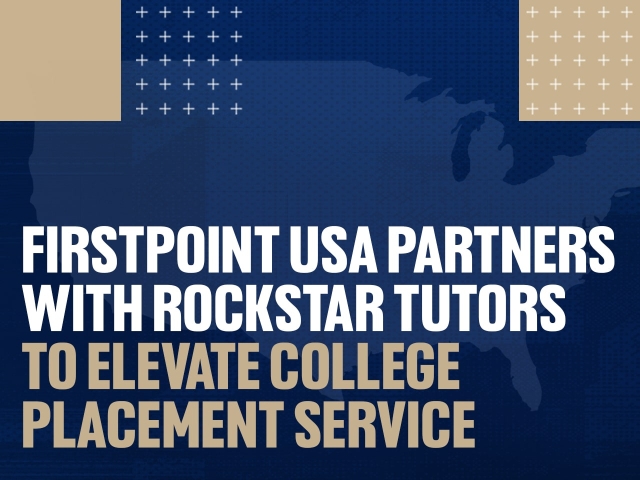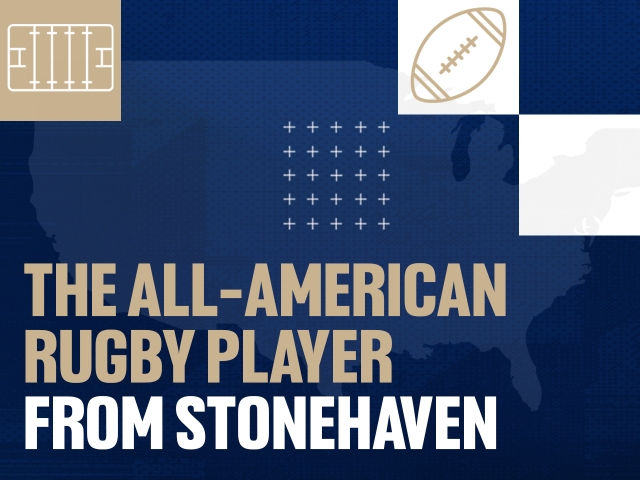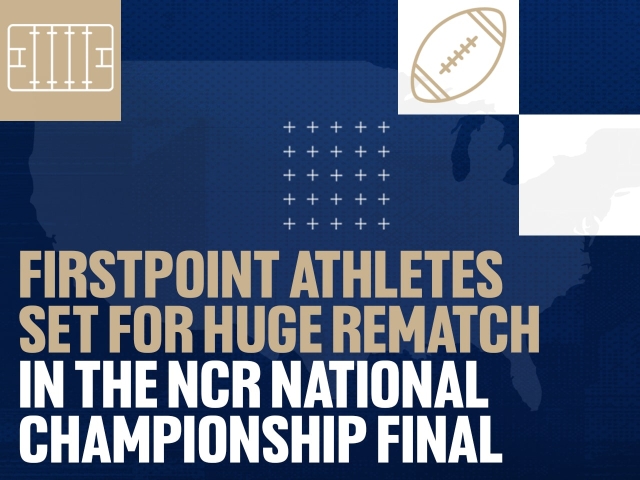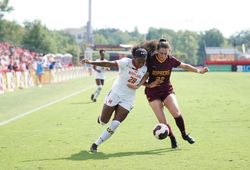Written by Ross Duncan, Chief Marketing Officer at FirstPoint USA and former Development Director at Scottish Golf.
Navigating the college recruitment process as a junior golfer is no small feat. With thousands of student-athletes vying for limited roster spots and scholarships, standing out to U.S. college golf coaches takes more than just a low handicap.
At FirstPoint USA, we’ve helped hundreds of junior golfers earn golf scholarships and compete at the collegiate level.
In this post, we’ll highlight the most common mistakes young golfers make during the recruitment process and how to avoid them.
1. Starting the Process Too Late
One of the most common mistakes junior golfers make is waiting too long to begin the recruitment process. College coaches start identifying talent early - often as early as sophomore year in high school. By the time many juniors reach their final year, coaches may have already filled their recruiting classes.
What to do instead:
Begin researching schools and building your golf resume from 15 years old.
Start reaching out to coaches, tracking tournament results, and gathering footage of your swing and course play. The earlier you get on a coach’s radar, the better your chances.
2. Overestimating Scholarship Availability
Unlike football or basketball, college golf programs operate with far fewer scholarships. At the NCAA Division I level, men's golf teams are allowed 4.5 scholarships, and women’s teams get 6 - often divided among multiple athletes. Many junior golfers and their families are surprised to learn they might receive only partial funding.
What to do instead:
Understand the scholarship structure across NCAA Divisions I, II, III, NAIA, and NJCAA. Keep an open mind about the level of financial support you might receive and consider both athletic and academic scholarship opportunities.
3. Focusing Only on NCAA Division I Schools
Every aspiring athlete dreams of playing for a top NCAA Division I program, but the truth is, most junior golfers won’t end up there. Limiting your options to D-I schools can significantly narrow your chances and cause you to overlook incredible programs in D-II, D-III, NAIA, or junior college levels that may be a better fit athletically, academically, and personally.
What to do instead:
Build a balanced list of target schools across multiple divisions. Evaluate programs based on their facilities, coaching staff, academic support, location, and how likely you are to earn playing time. Remember, the goal is to compete, develop, and graduate.
4. Neglecting Academics
College coaches are looking for well-rounded student-athletes. If your grades and test scores don’t meet the eligibility standards, it won’t matter how good your short game is - you won’t be recruited. Academic performance can also affect scholarship offers and your chances of being accepted into certain institutions.
What to do instead:
Stay on top of your academics. Take the necessary NCAA core courses, maintain strong grades, and prepare for the SAT or ACT. A high GPA and test score can open doors, not just in admissions, but in academic scholarships too.
5. Sending Generic Emails to Coaches
Coaches receive hundreds of emails from prospective athletes and many go straight to the trash. A common mistake is blasting out the same generic message to dozens of coaches, without tailoring it to the program or showing genuine interest.
What to do instead:
Personalise your communications. Mention the coach by name, reference the team’s recent achievements, and explain why you believe their program is a good fit for you. Include a link to your FirstPoint USA recruitment profile with your golf resume, swing video, academic information, and upcoming tournament schedule.
6. Ignoring the Importance of Tournament Play
While your swing mechanics and range performance matter, college coaches pay close attention to your tournament results - especially in ranked and national events. Playing well in competitive fields shows your ability to perform under pressure and against strong opposition.
What to do instead:
Compete regularly in ranked events. Track your results and update your resume frequently. Coaches are looking for consistent improvement and a competitive mindset.
7. Not Creating a Swing and Skills Video
If a coach can’t see you play in person, your video is your first impression. Many junior golfers either skip this step or produce low-quality footage that doesn’t showcase their strengths.
What to do instead:
Invest time in creating a clear, concise swing video. Include multiple angles (down-the-line, face-on), demonstrate key shots (driver, irons, short game, putting), and keep it under 5 minutes. Make sure it’s easy to view online and include a link in your emails to coaches.
8. Failing to Follow Up
One email won’t cut it. Coaches are busy, and they may miss or forget your message. If you’re serious about playing college golf, persistence and professionalism are essential.
What to do instead:
Follow up every few weeks with new updates - recent scores, academic improvements, or changes to your tournament schedule. Demonstrating consistent communication shows commitment, maturity, and strong character traits that coaches value.
9. Not Visiting Campuses (Virtually or In-Person)
A college golf scholarship is a four-year commitment. Yet many athletes accept offers from schools they’ve never visited. The result? Poor fit, limited playing time, or transferring after a year.
What to do instead:
If possible, visit campuses in person. Attend junior days, take tours, and meet with coaches and players. If travel isn’t an option, take advantage of virtual tours, Zoom calls, and online research. Ask smart questions and make sure the environment suits your goals on and off the course.
10. Trying to Do It All Alone
The recruitment process is complex and highly competitive. Relying on your own knowledge—or just your swing coach or high school counselor—can lead to missed deadlines, poor decisions, and overlooked opportunities.
What to do instead:
Work with a trusted advisor or recruitment expert like FirstPoint USA. We provide step-by-step guidance, access to our extensive college coach network, and personalised support to help you find the right fit. With over 20 years of experience placing student-athletes at top programs across the U.S., we’re here to help you succeed on and off the course.
Final Thoughts
The road to college golf isn’t just about talent - it’s about strategy, planning, and communication. By avoiding these common mistakes, you can give yourself the best chance of finding a school where you can thrive athletically and academically.
If you’re ready to take the next step in your college golf journey, register your interest today.




